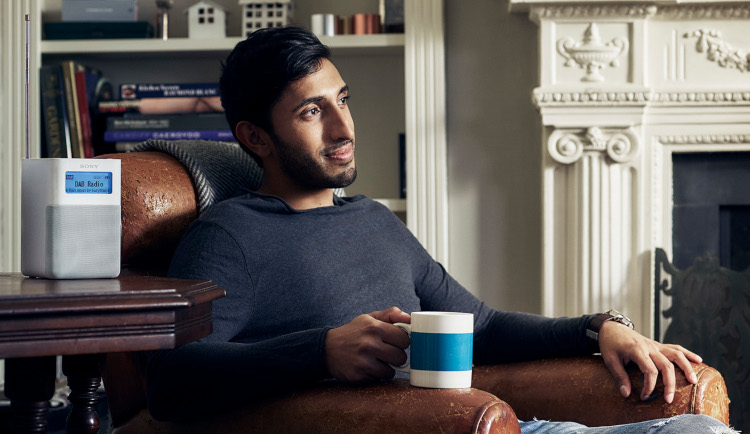What radio can learn from gamers, streamers and the way we listen now

Radio has always been about presence.
A voice in your ear. A shared moment between the presenter and the listener. Yet, how people tune in today looks nothing like it did ten years ago. Gamers and streamers now command attention in real-time, holding audiences for hours. While music still plays a major role in our daily lives, how it’s delivered and who delivers it has shifted. Radio must adapt, or risk sounding like it’s speaking into an empty room.
Listeners have changed their habits. While one ear is tuned to a presenter’s voice, the other is often tuned to something else entirely. People now flit between Twitch, playlists, podcasts, video clips, and even the occasional international online casino when looking for a quick thrill or an alternative distraction. These platforms don’t just entertain, they offer choice. Personalisation. Constant availability. That’s the lesson radio must take on board. It’s not just about being alive anymore. It’s about being there when the audience is ready to listen, across whatever device they’re using, wherever they are.
Streaming platforms have nailed this by offering interaction. Gamers and creators speak directly to viewers, reacting instantly to chats, donations, and emoji floods. Radio does have interaction calls, texts, and tweets, but it can feel one-sided if the response isn’t immediate. The audience is no longer content to wait. They want to be part of the experience as it unfolds, not hours later during a replay or highlight. Stations experimenting with livestreaming radio shows alongside video have seen early wins. Faces to match voices. Reactions to match energy.
Gaming culture also thrives on community, whether it’s cheering a streamer on or watching someone’s first playthrough of a favourite title, viewers feel like they belong. Presenters who share behind-the-scenes moments, stream on socials, or invite listeners into WhatsApp groups are building that same connection. It’s less about the show and more about the person behind the mic. That human factor being real, relatable, and present remains radio’s greatest strength. It’s what keeps people coming back.
What’s missing is speed. Streaming platforms are quick. Algorithms learn what users like and push it in seconds. Radio still tends to follow a schedule. It waits. That’s not a fault, but it’s a risk. Some shows are already adapting by releasing clips online in near real-time, turning big moments into shareable content as they happen. Others have adopted short-form content, posting reactions, teasers, and exclusive bits on social media platforms where listeners already spend their time. Being discoverable outside the dial matters now more than ever.
Gamers and streamers also lean into mood. Music to concentrate. Sounds to unwind. Background noise for when nothing else feels right. Radio already excels at setting a calm tone in the morning and hype in the afternoon, but there’s room to push further. Curated, mood-driven programming that listens to its listeners might offer radio a fresh way to stay present without always being live. Mixes, on-demand segments, and lo-fly radio are a start, but there’s more to do.
What’s clear is that listeners don’t think in platforms. They think in moments. In moods. In habits. Today, someone might wake up to a breakfast show, scroll through clips from a streamer at lunch, and play audio while tapping through reels or flipping between apps. In that mix might be a podcast, a gaming stream, or yes, even an international online casino game for a few quick rounds. Radio isn’t competing against just other stations anymore. It’s competing against everything.
To keep pace, presenters and producers will need to think the way gamers and streamers do: focus on connection, immediacy, and staying part of the moment. The rules have already changed. It’s time radio caught up.

